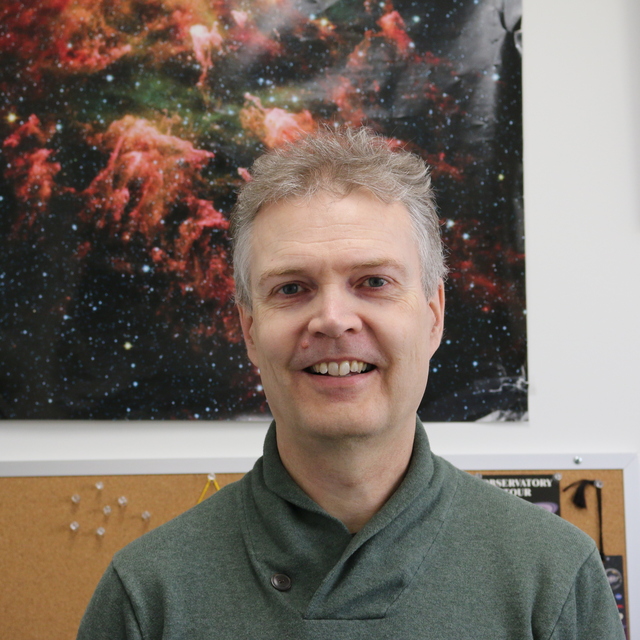August
2013
•
2013ApJ...772..135Z
Authors
•
Zaritsky, Dennis
•
Salo, Heikki
•
Laurikainen, Eija
•
Elmegreen, Debra
•
Athanassoula, E.
•
Bosma, Albert
•
Comerón, Sébastien
•
Erroz-Ferrer, Santiago
•
Elmegreen, Bruce
•
Gadotti, Dimitri A.
•
Gil de Paz, Armando
•
Hinz, Joannah L.
•
Ho, Luis C.
•
Holwerda, Benne W.
•
Kim, Taehyun
•
Knapen, Johan H.
•
Laine, Jarkko
•
Laine, Seppo
•
Madore, Barry F.
•
Meidt, Sharon
•
Menendez-Delmestre, Karin
•
Mizusawa, Trisha
•
Muñoz-Mateos, Juan Carlos
•
Regan, Michael W.
•
Seibert, Mark
•
Sheth, Kartik
Abstract
•
We study the m = 1 distortions (lopsidedness) in the stellar components of 167 nearby galaxies that span a wide range of morphologies and luminosities. We confirm the previous findings of (1) a high incidence of lopsidedness in the stellar distributions, (2) increasing lopsidedness as a function of radius out to at least 3.5 exponential scale lengths, and (3) greater lopsidedness, over these radii, for galaxies of later type and lower surface brightness. Additionally, the magnitude of the lopsidedness (1) correlates with the character of the spiral arms (stronger arm patterns occur in galaxies with less lopsidedness), (2) is not correlated with the presence or absence of a bar, or the strength of the bar when one is present, (3) is inversely correlated to the stellar mass fraction, f *, within one radial scale length, and (4) correlates directly with f * measured within the radial range over which we measure lopsidedness. We interpret these findings to mean that lopsidedness is a generic feature of galaxies and does not, generally, depend on a rare event, such as a direct accretion of a satellite galaxy onto the disk of the parent galaxy. While lopsidedness may be caused by several phenomena, moderate lopsidedness (langA 1rang i + langA 1rang o )/2 < 0.3) is likely to reflect halo asymmetries to which the disk responds or a gravitationally self-generated mode. We hypothesize that the magnitude of the stellar response depends both on how centrally concentrated the stars are with respect to the dark matter and whether there are enough stars in the region of the lopsidedness that self-gravity is dynamically important.
Links




